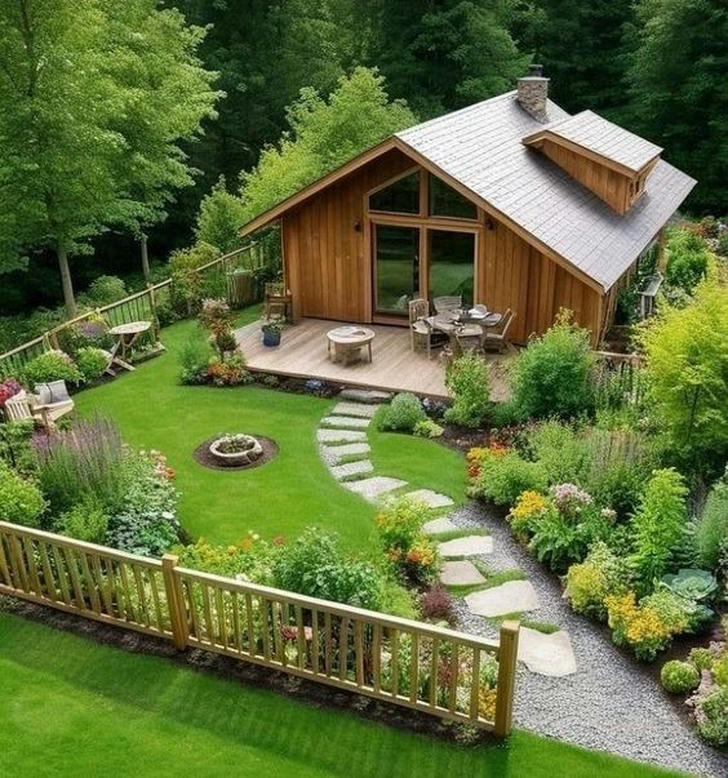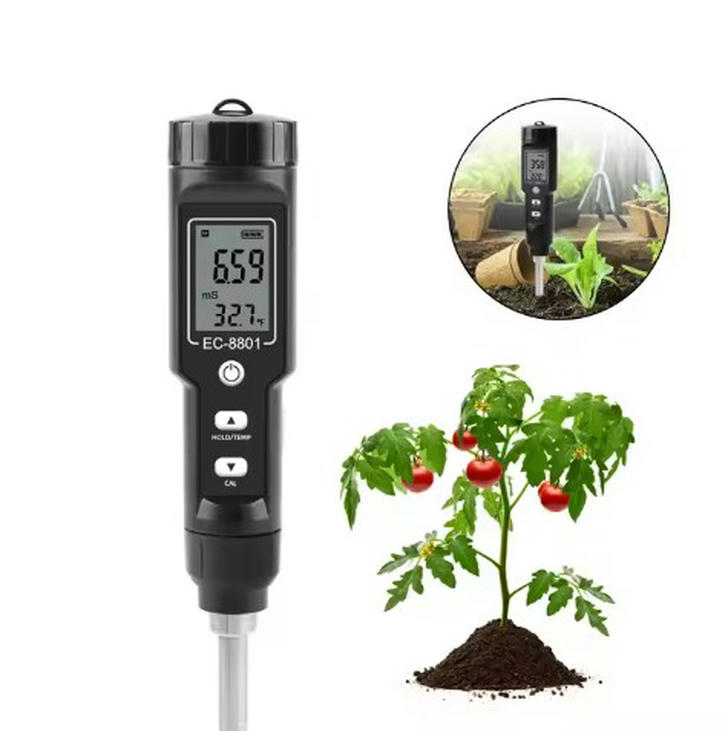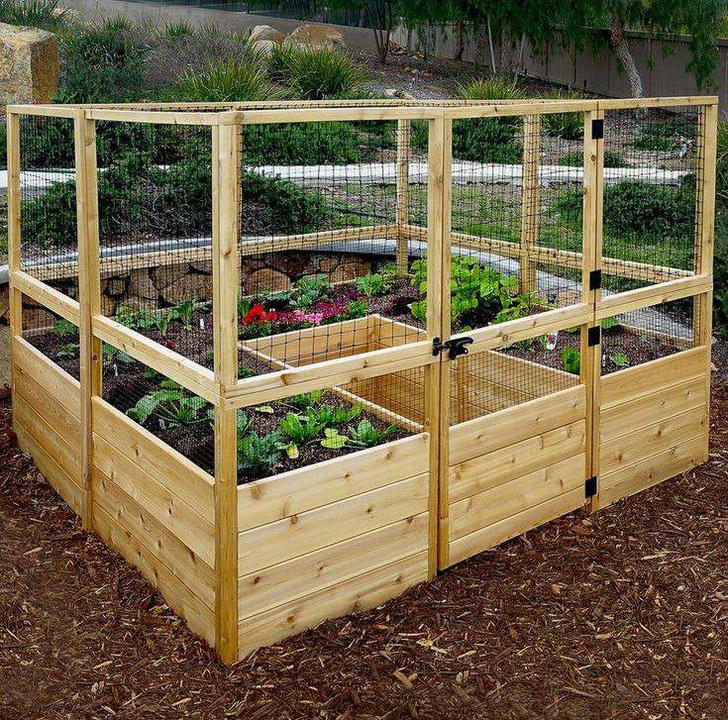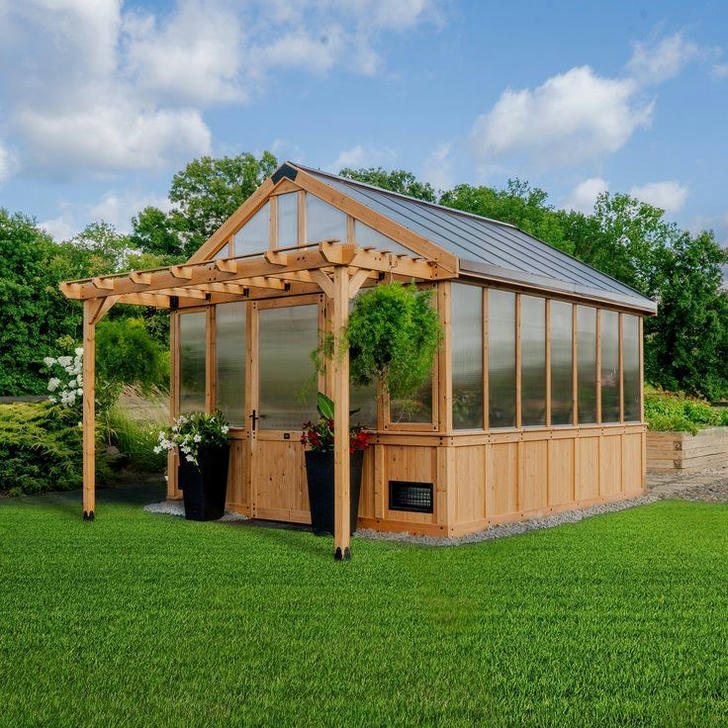How to Create a Self-Sufficient Garden Around Your Off Grid Cabin

Creating a self-sufficient garden around your off-grid cabin is not just about growing your own food; it's a way to embrace a lifestyle that maximizes sustainability and self-reliance. A well-planned garden can provide fresh produce, medicinal herbs, and beautiful landscaping while minimizing reliance on external resources. This article offers tips and actionable solutions to help you design and cultivate a thriving garden that supports your off-grid lifestyle.
1. Assess Your Space and Soil
Before you begin planting, it's crucial to evaluate the available space and soil quality around your cabin. This initial assessment will guide your gardening decisions.
Soil Testing: Conduct a soil test to understand its pH level, nutrient content, and texture. You can obtain testing kits from gardening centers or local extension offices. Based on the results, you may need to amend the soil with organic compost, mulch, or other nutrients.

Sunlight Exposure: Observe how different areas receive sunlight throughout the day. Most vegetable plants require at least six hours of direct sunlight daily, while some herbs thrive in partial shade.
Case Study: A couple living in Alaska conducted a soil test around their off-grid cabin and found that the soil was overly acidic and lacked nitrogen. By adding lime and homemade compost, they successfully improved soil conditions, resulting in a significant increase in yields of tomatoes and lettuce, ensuring a food supply through the winter.
2. Plan Your Garden Layout
Once you've assessed your space and soil, you can design your garden. A thoughtfully planned layout can enhance productivity and make gardening activities more enjoyable.
Raised Beds vs. Ground Gardens: Consider using raised beds to improve drainage and soil quality. They also require less bending, making gardening activities easier on your back. Alternatively, if you have good soil, ground gardens can also work well.
Companion Planting: Use companion planting techniques to maximize space and deter pests. For example, plant tomatoes alongside basil to enhance flavor and repel insects.
Case Study: A family living in Colorado designed an L-shaped layout of raised beds, planting fresh herbs and peppers together. They left pathways between each raised bed and planted companion plants like marigolds to naturally deter pests and increase crop diversity. This not only boosted their yields but also enhanced the aesthetic appeal around their cabin.

3. Choose the Right Plants
Selecting the appropriate plants is crucial for creating a self-sufficient garden. The goal is to mix vegetables, fruits, herbs, and flowers to provide food, beauty, and ecological support.
Diverse Planting: Grow a variety of crops to ensure a continuous harvest. Rotate seasonal plants, such as planting tomatoes in the summer and root vegetables in the fall.
Perennials: Incorporate perennials that come back year after year, reducing the need for replanting. Consider planting fruit trees, berry bushes, and perennial herbs like rosemary and thyme.
Case Study: A family living around their cabin in Washington state planted a diverse array of vegetables and fruit trees. They not only grew annuals like zucchini and carrots but also established blueberry bushes and apple trees, creating a varied ecosystem that ensured a bountiful food supply in both summer and fall.
4. Implement Water-Saving Techniques
Water conservation is crucial in off-grid living. Efficient use of water can ensure your garden remains healthy without over-reliance on external resources.
Rainwater Harvesting: Install a rainwater collection system to gather rainwater from your cabin’s roof. This water can be used for irrigation, reducing dependence on well water or municipal supply.
Drip Irrigation: Implement a drip irrigation system to minimize water waste. This method delivers water directly to the roots of plants, reducing evaporation and runoff.
Case Study: A family living in New Mexico established a rainwater collection system connected to their cabin's roof, utilizing every rain to gather water. They used the collected water for irrigation and set up a drip irrigation system, ensuring their plants consistently received adequate moisture, especially during the dry summer months.
5. Foster Biodiversity
A biodiverse garden can attract beneficial insects, birds, and other wildlife, helping to control pests and pollinate plants.
Native Plants: Plant native species that are adapted to the local environment. These plants require less maintenance and provide habitats for local wildlife.
Support Wildlife: Create spaces that support beneficial wildlife by adding birdhouses, bee hotels, and butterfly gardens. These features can attract pollinators and pest controllers.
Case Study: A cabin owner in Vermont planted a variety of native flowers in their garden and set up birdhouses around their yard. They found that these native plants attracted bees and butterflies, significantly increasing pollination rates for crops in their garden. At the same time, the birds in the birdhouses helped control pests, keeping the garden healthy.
6. Embrace Organic Gardening
Adopting organic gardening practices not only enhances the health of your garden but also protects the surrounding environment.
•Natural Pest Control: Use organic methods to manage pests, such as introducing ladybugs or applying neem oil sprays. Crop rotation and companion planting also help reduce pest populations.
Organic Fertilizers: Unlike synthetic fertilizers, use compost, manure, or organic fertilizers to enrich the soil. These practices improve soil health and promote sustainable gardening.
Case Study: A couple living in Oregon decided to adopt organic gardening methods in their cabin garden. They used homemade compost to enrich the soil and introduced ladybugs to control aphids. With these measures, their garden not only thrived but also saw a significant increase in yield, ensuring their self-sufficient lifestyle.
7. Extend the Growing Season
Maximizing the growing season can allow you to produce more food throughout the year. Utilize techniques that can enhance your garden's productivity.
Season Extenders: Consider using row covers, cold frames, or greenhouses to protect plants from frost and extend the growing season. These tools help create microclimates that support plant growth even in cold weather.
Succession Planting: Practice succession planting by immediately sowing new crops after harvest. This method keeps your garden continuously productive.
Case Study: In the cold climate of Minnesota, a couple used a small greenhouse to start seedlings early in the spring. By the time the last frost passed, they had strong plants ready to transplant, achieving an earlier harvest than their neighbors. This approach allowed them to get more food during the short growing season.

Conclusion
Creating a self-sufficient garden around your off-grid cabin is a rewarding endeavor that can provide fresh food, enhance your living environment, and support a sustainable lifestyle. By assessing your space, planning your layout, choosing the right plants, conserving water, fostering biodiversity, embracing organic gardening, and extending the growing season, you can cultivate a thriving garden that coexists harmoniously with nature. Embrace these principles and witness your self-sufficient garden become an integral part of your off-grid living experience.
